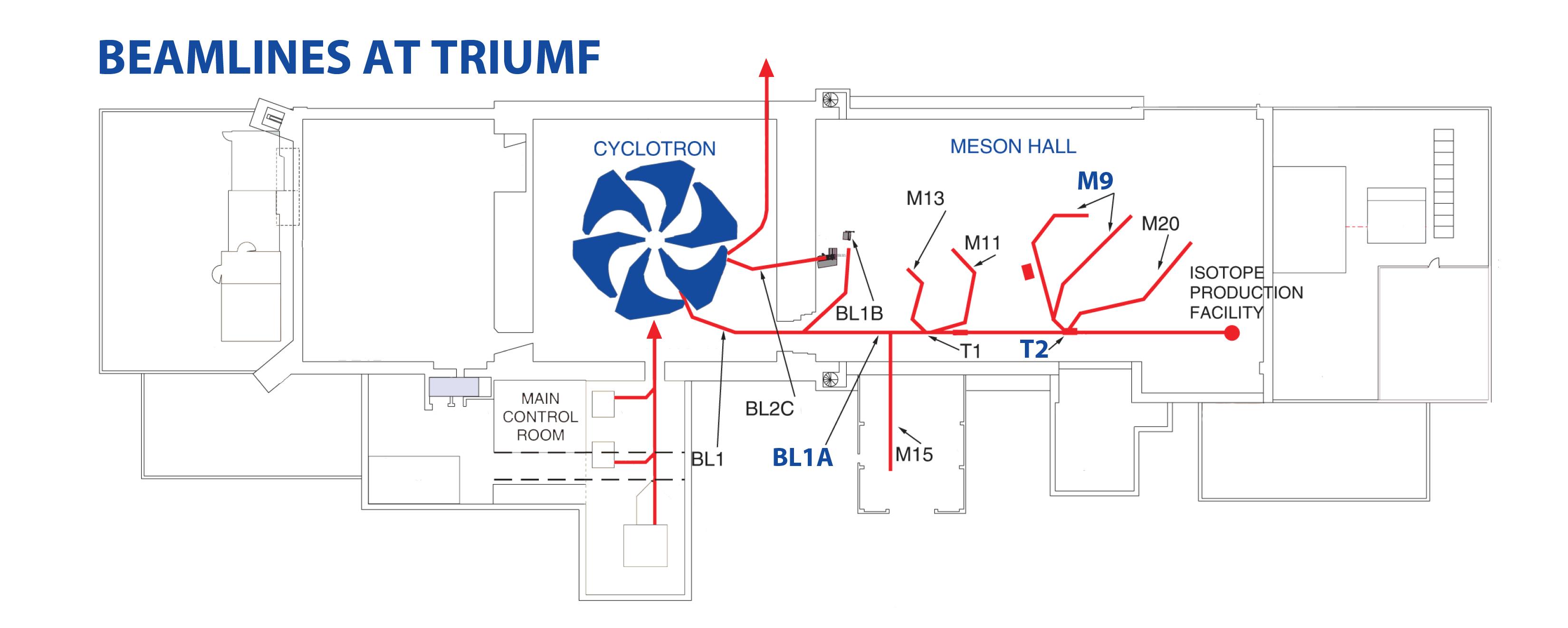 TRIUMF provides a number of key facilities for use by Canadian and international researchers. The laboratory staff operate and maintain these facilities—in some cases, repairs and upkeep are a part of the regular routine. In others, as machine components age, more significant repairs become necessary. And in some situations, it resembles a home-improvement project: for each step forward to execute a repair or upgrade, it seems like there are two steps sideways or even backwards as new problems show themselves.
TRIUMF provides a number of key facilities for use by Canadian and international researchers. The laboratory staff operate and maintain these facilities—in some cases, repairs and upkeep are a part of the regular routine. In others, as machine components age, more significant repairs become necessary. And in some situations, it resembles a home-improvement project: for each step forward to execute a repair or upgrade, it seems like there are two steps sideways or even backwards as new problems show themselves.
These past few months, TRIUMF has waded into one of these challenges and weighed many options before deciding that it was necessary to seal off one part of a beam line in order to better assure integrity of another. In making this decision, TRIUMF staff were faced with the effects of 43 years of general wear-and-tear and environmental factors. Shut-downs of this sort are a reality for any large-scale science facility operating with TRIUMF’s prolonged intensity and productivity.
In this instance, the BL1A beamline was diagnosed to have a vacuum leak (see a full-size diagram here). TRIUMF’s beam lines run at high vacuum to allow the beams of protons or isotopes to travel uninterrupted.
The leak opened due to beam-related themal cycling. The joint heats up with the beam on target, and cools when the beam is off. The repeated heating and cooling caused the metal components on either side of the seal to expand and contract. This forced the steel edge on both sides to cut into the seal and then withdraw, rendering the seal ineffective. The beamline has been operating successfully and providing great results for nearly forty years, and so occasional maintenance issues are inevitable.
TRIUMF’s senior management had to address the situation. The ineffective seal is in the joint where the M9 beamline meets the T2 target monument along the main beamline. The leak means that air can enter the system, compromising the vacuum that is necessary to deliver protons down BL1A. The scientists were faced with three options:
1. Continue operation of the beam line as normal, and run the risk of the situation worsening.
2. Deactivate the entire beam line and stop all experiments for a month in order to conduct repairs.
3. Isolate and seal off the M9 beam line only, allowing all other experiments to continue. Repairs would be conducted in December, when a regularly scheduled shutdown of the cyclotron occurs for maintenance.
Ultimately, the decision was made to isolate the M9 beam line and suspend its four ongoing experiments. It was a tough sacrifice to make in order to continue experimentation on other beamlines: BL1B, M11, M13, and M15. This decision will allow TRIUMF to optimize the amount of research taking place in light of the vacuum leak. As well, in an act of foresight and strategic planning, TRIUMF engineers have also taken the initiative to prepare an ambitious, carefully researched plan to replace the system of seals along the beamline. This proposed plan will be put forward in the next two years.
Issues are bound to arise with the complex and incredibly precise technology necessary for particle physics research. The decision to deactivate one portion of the beamline was a difficult decision to make, and involved a risk-assessment weighing further problems with stable and reliable operation, but ultimately it was a compromise that best balanced maintenance with experimental output. We look forward to the completion of the beamline repair, when TRIUMF can resume producing leading-edge research at its full capacity.
Click here for a full-size diagram of the beamlines at TRIUMF.
- by Aaron Lao, Communications Assistant
